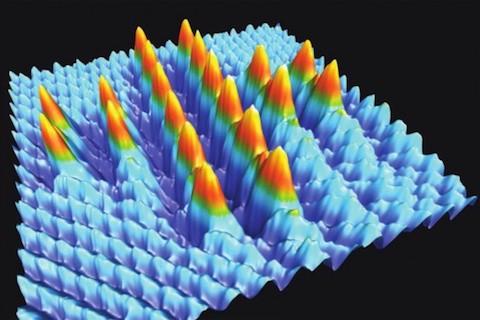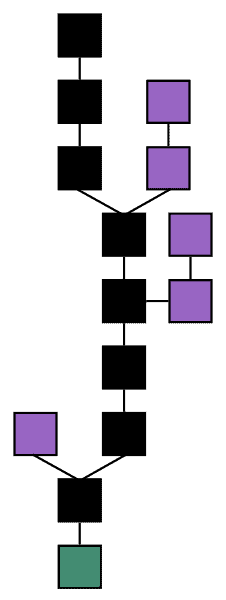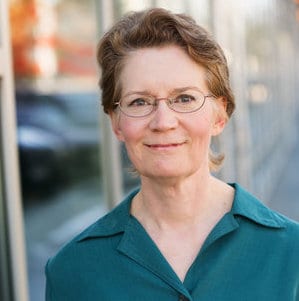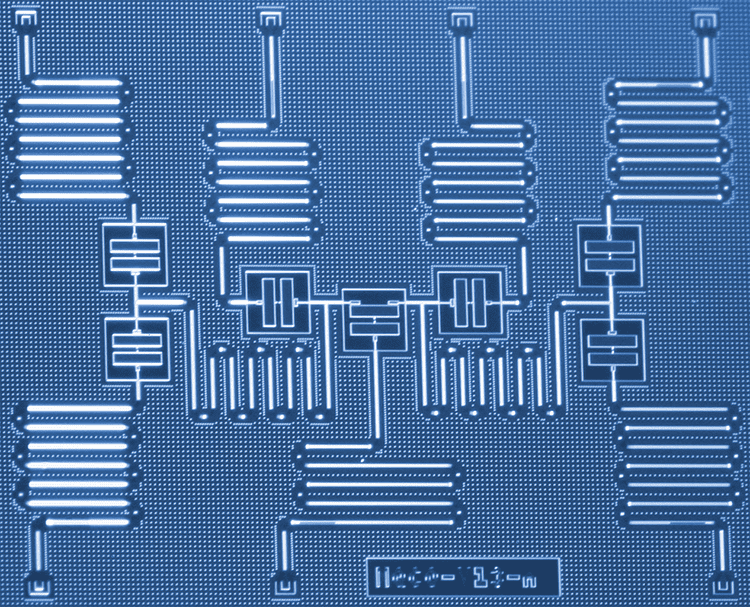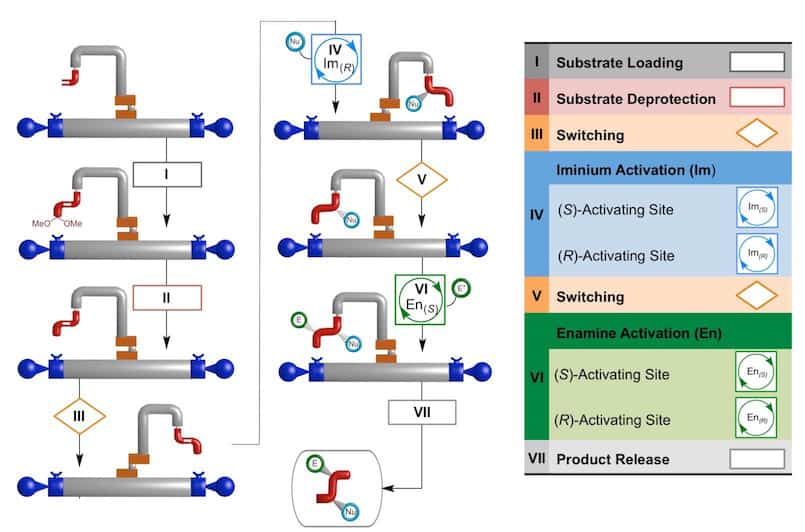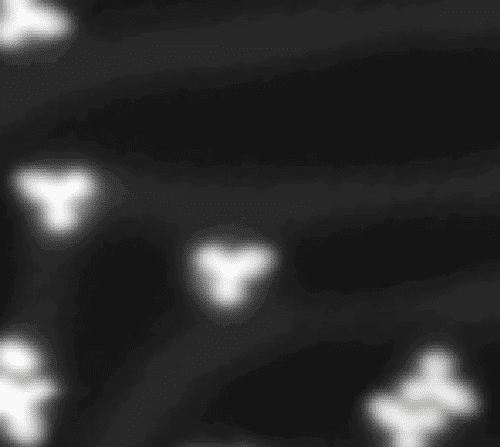Longtime Foresight member, and since October 2012 Technology Manager, Advanced Manufacturing Office, U.S. Department of Energy, David Forrest passes along these funding announcements about new opportunities at DOE: Those of you in the Atomically Precise Manufacturing community should be aware of new funding opportunities: ARPA-E The U.S. Department of Energy (DOE) today [Dec. 13, 2017]… Continue reading Funding announcements for Atomically Precise Manufacturing
Funding announcements for Atomically Precise Manufacturing

